How Organizations Implement Evidence-Based Substance Abuse Treatment in Minority Communities
Delivery of evidence-based substance abuse treatment practices in racial and ethnic minority communities is essential for reducing health care disparities. Unfortunately, SAT providers face many barriers to implementing evidence-based practices (EBP), such as contingency management treatment (CMT) and medication-assisted treatment (MAT), that have been shown to produce promising outcomes. In a study published in Administration and Policy in Mental Health and Mental Health Services Research, Dr. Erick Guerrero and his research team examined whether the following factors could help increase the implementation of CMT and/or MAT to help publicly-funded SAT organizations overcome these barriers:
- Regulatory environment: Public funding (i.e. Medicaid payment acceptance), licensure (i.e. county license), and professional accreditations (i.e. The Joint Commission)
- Directorial leadership: Transformational leadership (i.e. promoting intellectual stimulation and support for innovation) and transactional leadership (i.e. job delegation)
- Readiness for change: Program’s resources, climate, staff motivational readiness, and staff attributes for change
- Regulatory Environment Combined with Readiness for Change: Supervisors’ openness to EBPs in organizations that also have more resources, such as ability to accept private insurance and parent organizations
- Supervisor Capacity: Supervisors’ graduate education, years of experience, attitudes regarding EBPs, and attributes that are associated with readiness for change
- Organizations offering private insurance were more likely to implement both CMT and MAT.
- One measure of a provider’s readiness for change, openness to EBPs, was found to lead to both CMT and MAT implementation in organizations that accepted private insurance and in those that had a parent organization (both measures of more resources).
- A supervisor’s capacity for implementing EBPs, specifically their openness and attitudes towards change, was positively associated with implementation of EPB practices.




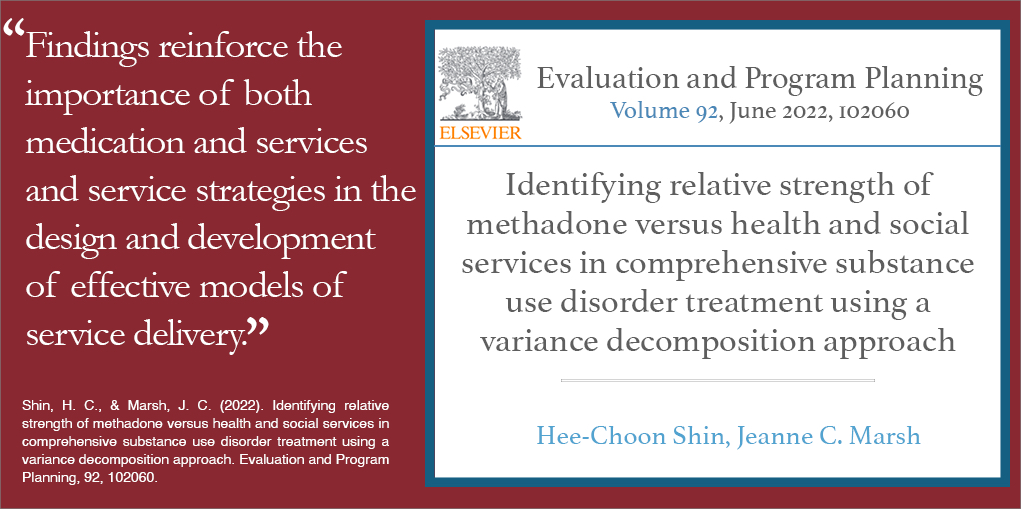

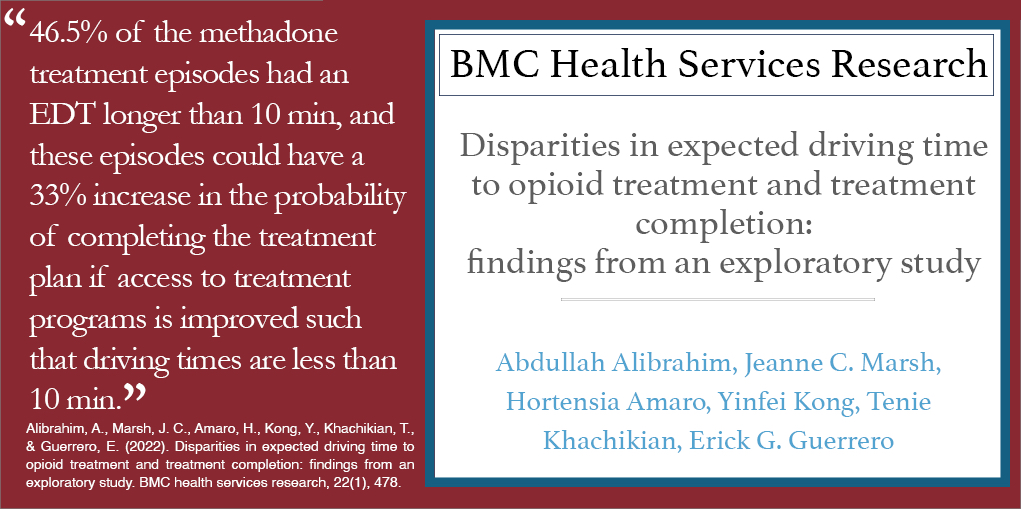
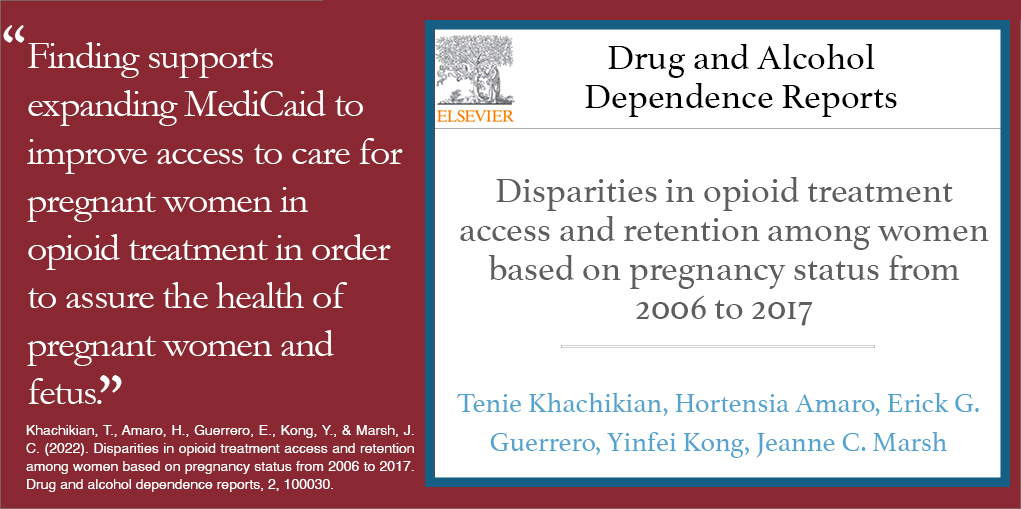

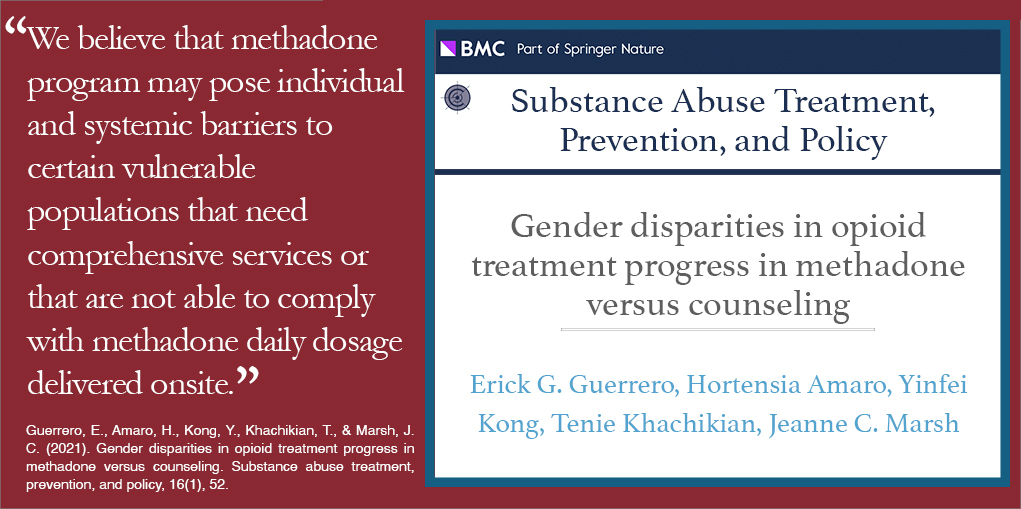
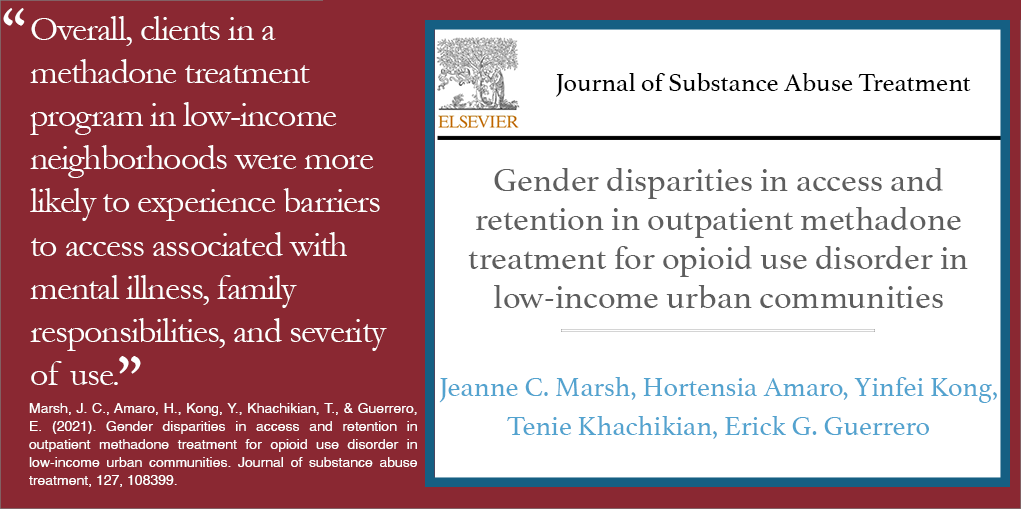

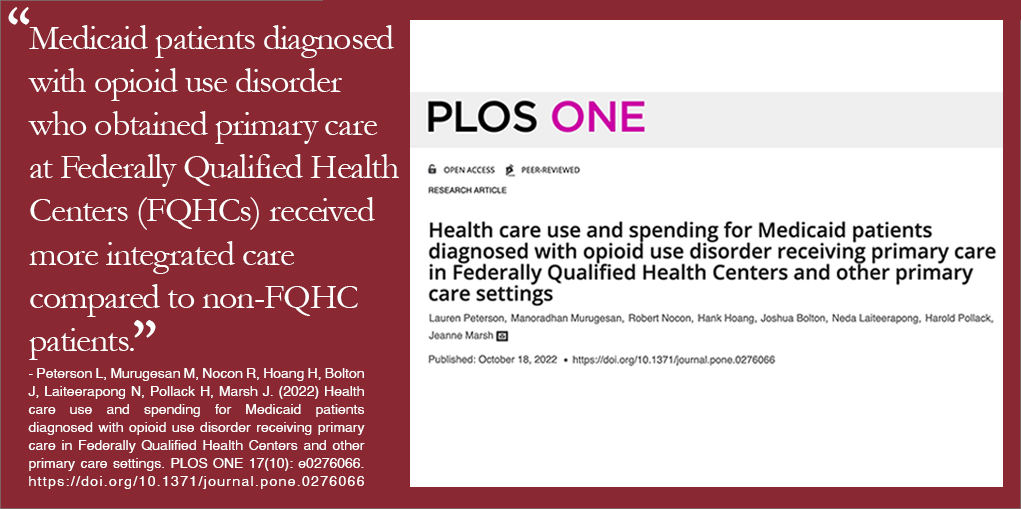






3 thoughts on “How Organizations Implement Evidence-Based Substance Abuse Treatment in Minority Communities”
Comments are closed.